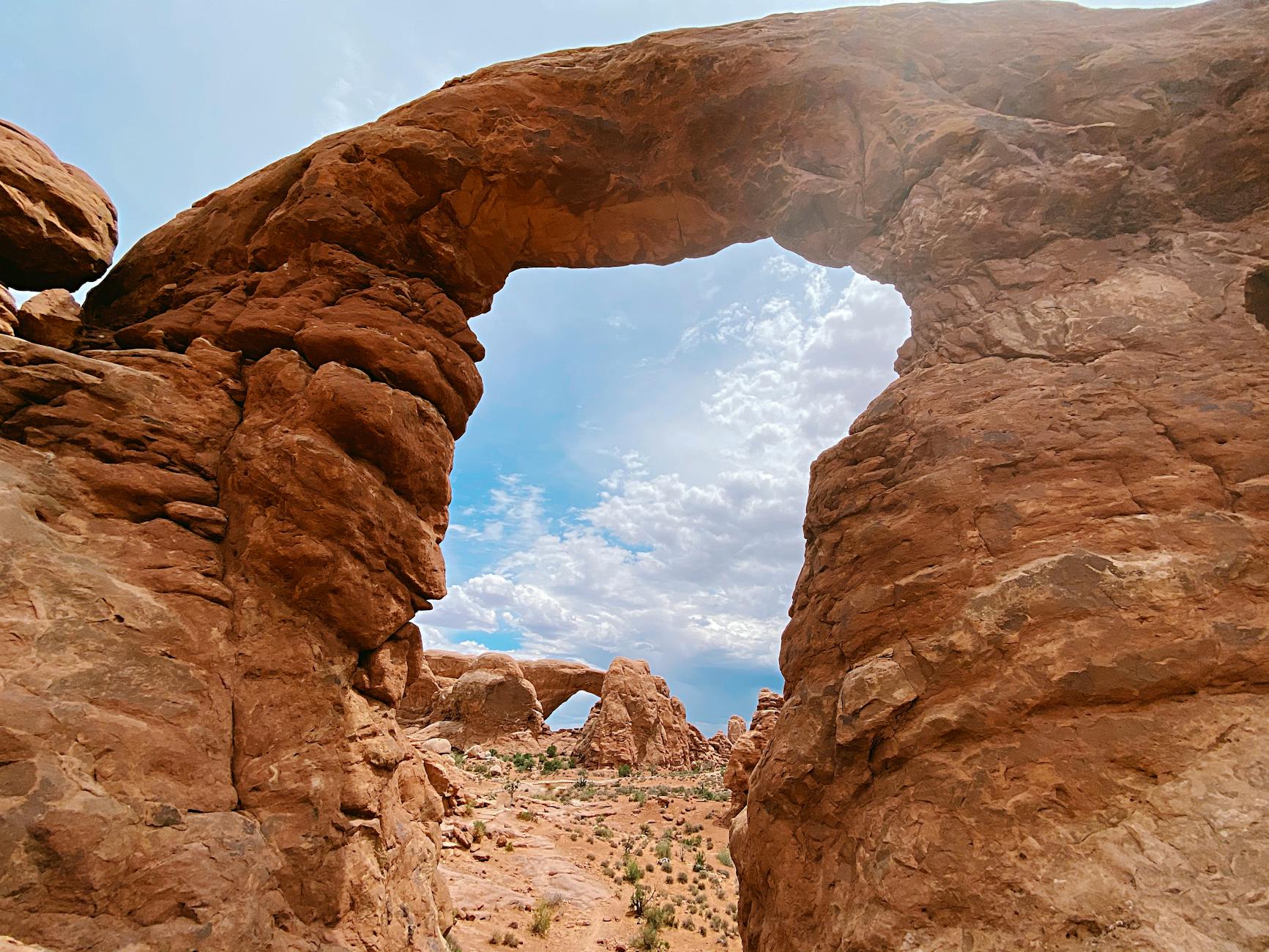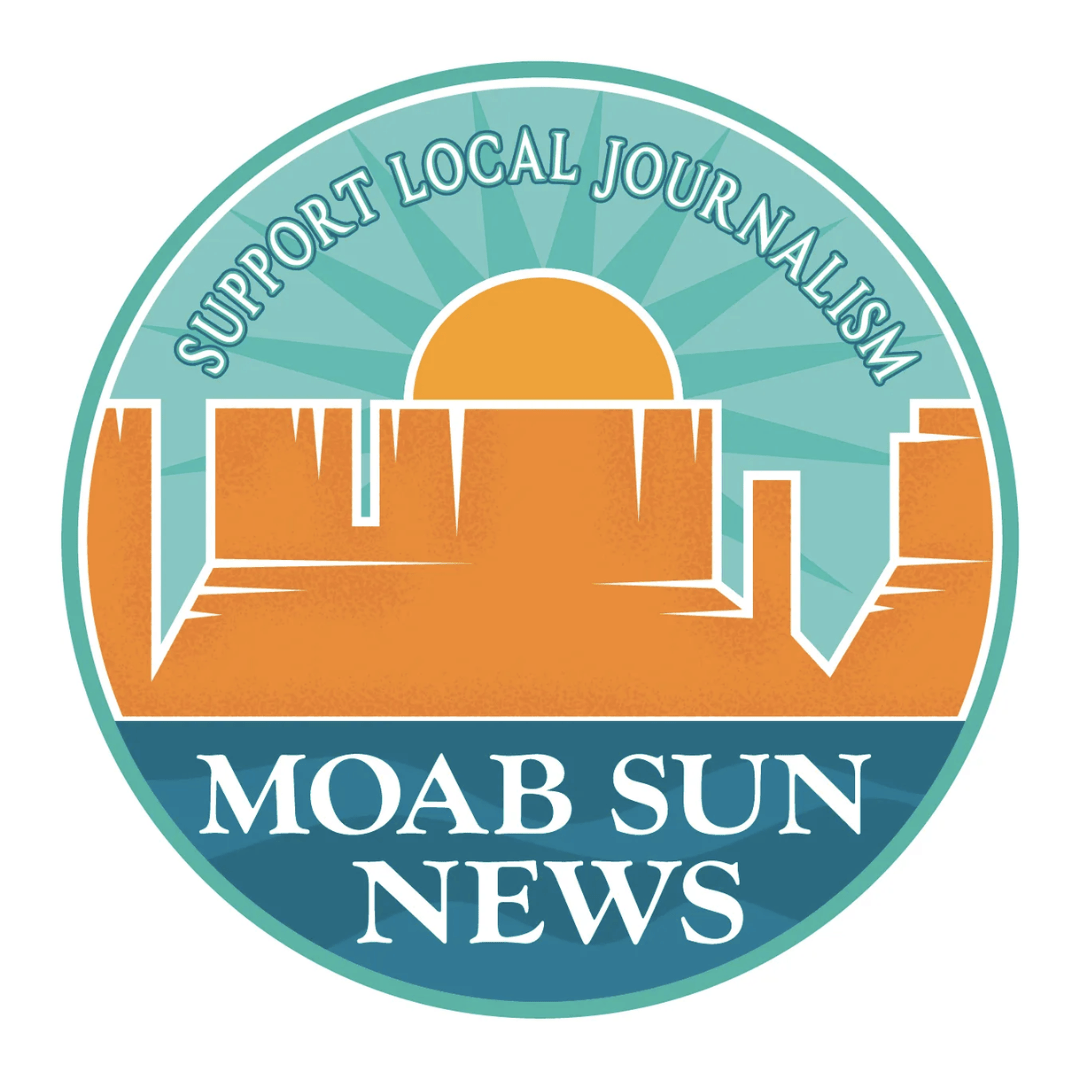BLUFF – Westerners of all political stripes are often passionate about public lands issues.
Yet even though they may disagree fiercely about plans to create a Bears Ears National Monument, all sides were largely respectful and friendly toward each other as the federal government’s top land management official toured southeastern Utah last week.
U.S. Interior Secretary Sally Jewell led a federal delegation on a visit to many of the sites that would be included in the Bears Ears Inter-Tribal Coalition’s proposal for a 1.9-million-acre monument in San Juan County.
The coalition and environmental groups are urging President Barack Obama to declare the monument, and in the administration’s waning months, Jewell met for the first time in the region with local officials, tribal leaders, monument supporters and others. Her visit culminated in a public gathering that drew an estimated 1,500 people to Bluff – an experience that is likely to shape any recommendations she makes to the president.
“I would say that you don’t get a sense of what is here until you get out on the landscapes; until you meet with the people who are of these communities, and that has been a very rich and heartwarming experience, always respectful,” Jewell told a crowd of hundreds inside the Bluff Community Center.
Jewell’s arrival in southeastern Utah coincided with the long-awaited release of the eastern Utah Public Lands Initiative (PLI) – a congressional plan that aims in part to stave off the monument designation by balancing conservation with recreation and development.
The Grand County Council’s majority has criticized the Utah delegation’s proposal, and Castle Valley resident Tory Hill told Jewell that she has little faith in the congressional process.
“As you can see from the recent PLI, Utah officials are not very concerned with protecting much of anything,” Hill said.
Jewell hears strong responses from both sides in monument debate
A lottery of submitted names determined which audience members had the chance to address Jewell, and a woman who did not identify herself was up first.
Almost immediately, the woman began to take thinly veiled aim at San Juan County Commissioner Phil Lyman for his role in a 2014 all-terrain vehicle protest ride through Recapture Canyon near Blanding. Many in the crowd booed, and she quickly changed the subject.
Navajo Nation President Russell Begaye drew even more mixed reactions as he spoke in support of the monument, continuing beyond his allotted two-minute time limit to get one more comment on record.
“Your action will be one that will be remembered by our people for centuries,” Begaye said.
While boos and cheers erupted on occasion inside the room – and among a spillover crowd outside – the overall tone in the hours before Jewell took to the stage came as a pleasant surprise to Grand County Council member Lynn Jackson.
While Jackson said he was dismayed to see environmentalists bus in at least 13 groups of people to Bluff, he was pleased to see people with different viewpoints having civil conversations with each other.
“I’m real tickled with that,” he said. “People used to be able to sit down and look each other in the eye … now, with Facebook and social media, it’s so easy for people to attack each other.”
Monument supporter Peter Gatch of Park City and monument opponent Notah Tahy of Blanding may have personified that civility. Under the blistering sun, the two men stood side by side, each with his own sign for or against the proposal.
Like Tahy, Monticello resident Candace Davis and her husband Jeff both oppose the tribal coalition’s proposal, and in the hours leading up to the meeting, they found themselves in the midst of a civil conversation with monument supporters.
Davis said that both sides want the land to be protected, but they have different ideas about the best way to achieve those protections.
If the president listens to the proposal’s supporters and declares the monument, Davis fears that new restrictions would limit nearby residents’ access to the land that their families have used or visited for generations.
“What they don’t realize is that we actually live here,” she said. “We have to deal with the consequences of whatever they push through.”
Davis said she believes that adequate protections are in place. San Juan County Commissioner Bruce Adams, meanwhile, said he’s concerned that additional protections of the Abajo Mountains watershed could amount to a “death blow” in nearby communities.
“With the monument, it creates a lot of uncertainly about how people have used the land, and how they will be able to use the land in the future,” Adams said.
But Moab resident Bill Love said that public lands are available for all Americans to enjoy – not just those who live closest to the area.
“They don’t have to be locals. Everybody uses the monument,” he said.
Love is concerned that many opponents of the coalition’s proposal favor greater development in the region, as opposed to conservation.
“What do the locals want?” Love asked. “They want to cut it down, beat it up and feed it to the cows.”
Monument Valley resident Alfred Myerson told the Moab Sun News that the state of Utah has consistently mistreated its Navajo citizens – and violated their rights to vote in their own community.
“This is our ancestral homeland, so we’re obligated to preserve it,” he said.
Right now, he said, much of that sacred homeland is threatened by oil and gas development, as well as the legacy of uranium mining in the area.
“We’re at the front lines of living in areas of mineral extraction and have to deal with it,” he said.
Josh Munson of Dolores, Colorado, told Jewell that it’s long past the time to protect the Bears Ears region. The designation would free up more funds, he said, and provide more resources to protect lands that are sacred and significant to area tribes, including the Navajo, Ute and Hopi.
“It should have been a national monument 25 years ago,” Munson said.
But Jackson said he believes that the area faces different threats these days. Whereas looting of archaeological and religious sites in the region was once commonplace, Jackson said he believes the area is now being “loved to death.”
A monument designation would draw even more visitors to the area, placing greater strains on law enforcement and search-and-rescue crews, without any guarantees of additional funding.
“If you make it a monument, you’ve just put a big bull’s eye on the map, and use is going to explode,” he told the Moab Sun News.
Jackson recalled his own family trips to the famed Moon House Ruin, an Ancestral Puebloan cliff dwelling in Cedar Mesa’s remote McLoyd Canyon. Over the years, Jackson said he’s witnessed other visitors climbing the ruin’s walls, oblivious to the fact that they’re damaging sensitive archaeological resources.
“The damage now is coming inadvertently from too many people,” he said.
For his part, Jackson does not believe that the land currently faces significant threats from development, and he believes it’s better off under existing BLM or U.S. Forest Service management.
“There’s no mineral potential in there; there’s no oil and gas potential,” he said. “There’s some uranium, but (the uranium industry) seems to be dead.”
While Jewell was there mainly to listen, she offered a few thoughts of her own.
One way or another, she said, everyone she listened to during her visit to the region said they want the same thing.
“One thing that I have heard every place that I’ve been on this trip is that there … is a desire to protect what’s here for future generations — to have places like this for generations to come, and that has been consistent, no matter who I have spoken with,” she said.
Hundreds pack Bluff meeting on Bears Ears proposal
One thing that I have heard every place that I’ve been on this trip is that there … is a desire to protect what’s here for future generations — to have places like this for generations to come, and that has been consistent, no matter who I have spoken with.
U.S. Interior Secretary Sally Jewell heard comments from the Grand County Council on Rep. Rob Bishop’s Utah Public Lands Initiative (PLI), and the Bureau of Land Management’s Master Leasing Plan (MLP) at a special meeting on Wednesday, July 13. More than 50 local citizens attended, many wearing T-shirts, or carrying signs either in support of, or opposed to, the creation of a Bears Ears National Monument.
“I am here to listen – that is the primary reason for this visit,” Jewell said. “You have an incredible place here, and I know that it’s got lots of different elements to the economy, and things that are important to people of this region.”
Jewell introduced herself as a former petroleum engineer, a commercial banker, a CEO and an avid outdoors person. On land use decisions, she said that she is in it for the long game.
“I’m in the forever business,” she said. “Am I leaving the world better not just for my grandchildren for the generations that follow? That means a strong economy, and it also means a healthy environment, and a healthy ecosystem.”
Grand County Council member Chris Baird voiced his support for the MLP and PLI planning scenarios. But after he reviewed Bishop’s latest proposal, he told the Moab Sun News that he can’t support it.
“In my opinion, it kind of corrupts a lot of conservation principles,” Baird said.
While Bishop’s office removed a provision that would have prevented presidents from creating new national monuments in the region, it introduced a similar proposal in a companion bill.
“Which, to me, is the same thing,” he said.
Baird is also concerned that a proposal to create a National Conservation Area (NCA) advisory council would limit conservationists’ voices.
“It’s got a lot of the right words: ‘wilderness,’ ‘NCA,’ but when you look at a lot of the language, a lot of principles have been gutted.”
Elsewhere in the PLI, the bill’s authors removed any references to a transportation corridor through Grand County’s Book Cliffs, but Baird said the corridor remains in place on the other side of the Grand and Uintah county lines.
“It’s still concerning because it’s obvious that in one way or another, they’re going to initiate a process to get that road built,” he said.
Grand County Council member Lynn Jackson said that although he isn’t particularly happy with everything in the proposal, he believes the process played out as it should have.
“This is what compromise looks like,” he said. “I will take that any day over these one-sided, ‘somebody wins, somebody loses’ national monument proclamations.”
Jackson said that Bishop and other members of Utah’s congressional delegation made significant revisions to their proposal, based on what they heard from the county council’s progressive-leaning voices.
“I certainly think that they’ve listened to the majority of our Grand County Council and made considerable changes that are favorable to the conservation side,” he said.
Bishop said in a statement that the PLI was always aimed at solving problems that have led to acrimony in the past. It tries to does so, he said, by conserving lands that are “worthy of conservation,” while providing for economic and recreational opportunities for all Utahns.
“The status quo does not provide that,” he said. “It’s not that the federal government is malicious, but when they own one third of America, it is just too much to effectively manage from Washington. Utah is a public lands state. It has always been, and it always will be. The question is how those public lands are managed. That’s where local government has the advantage. PLI takes that premise and builds it to a reality.”





